Upgrade Your Wall Outlet: Discover the 7 Most Popular Types

Smart wall outlets may not be the star of the show when it comes to upgrading your home with smart technology, yet their significance—and sophistication—cannot be overstated. With our residences brimming with gadgets ranging from smartphones and tablets to intelligent audio systems and surveillance setups, conventional electrical sockets are giving way to more sophisticated alternatives designed to cater to our increasing energy demands efficiently.
With use over time, electrical outlets degrade—becoming loose, less convenient, or potentially dangerous. Fortunately, contemporary options abound. If your aim is to incorporate USB charging ports, enable appliance automation, or enhance overall safety, swapping old outlets for new ones can significantly improve things.
To assist you in selecting the best option for your area, below is an overview of the seven most typical residential wall socket varieties in U.S. houses, along with their potential benefits to different lifestyles.
Standard electrical outlets
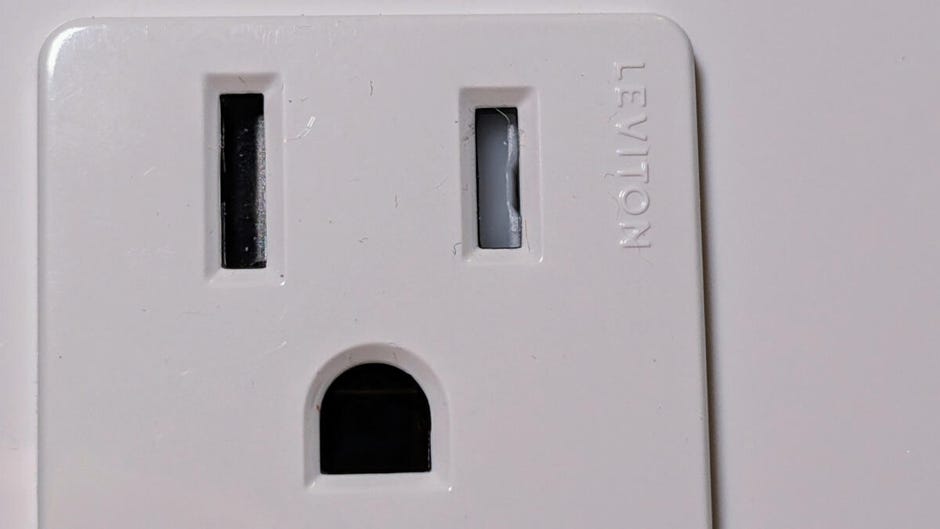
A standard 3-prong outlet It is the most prevalent and inexpensive kind of electrical outlet available for purchase. Usually, it doesn’t exceed one or two dollars in price, although certain colors may come with additional charges. When selecting a rectangular outlet design Typically raises the cost as well. You'll generally find it more economical to purchase regular outlets from a nearby hardware store. Only consider buying them online if you're purchasing in large quantities.

Although standard outlets generally utilize three wires — namely the hot, neutral, and ground wires — you might sometimes encounter 2-prong outlets In older residences, these types of outlets lack a grounding connection, which increases the risks of power surges and electric shocks.
That lack of ground connection is a big reason why modern homes exclusively use three-prong plugs. Although old two-prong wiring is often safe, the added safety of three-wire outlets and their compatibility with grounded appliances is worth the cost of upgrading in historic homes.
Tamper-resistant outlets
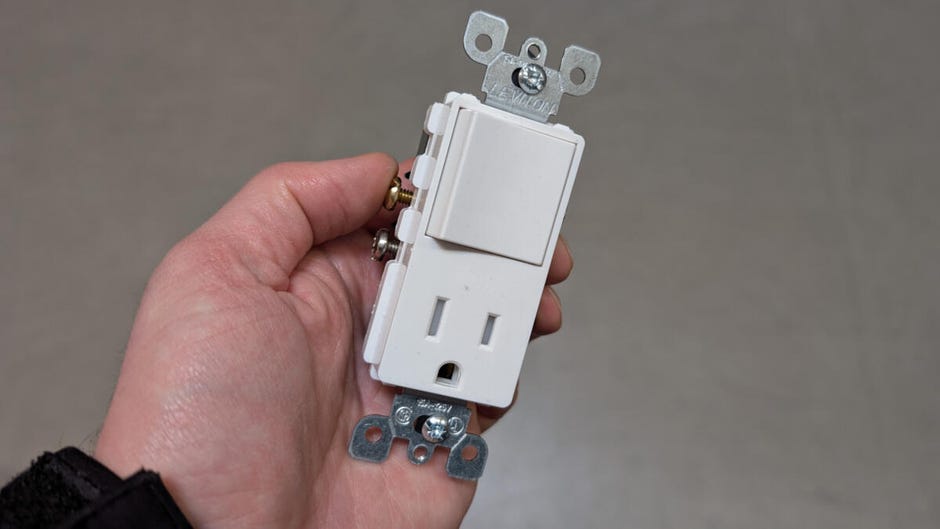
From an early age, we educate our children about the dangers of inserting objects into electrical sockets; however, tamper-resistant outlets acknowledge that kids can be curious. These outlets feature built-in safety mechanisms. built-in plastic shutter This locks the slots unless you insert a two-prong plug. This reduces the chance of a foreign object entering the outlet and causing electrocution.
Since 2008, the electrical code has mandated tamper-resistant outlets in newly constructed houses; therefore, these may be essential updates for passing inspections following significant renovations in older homes.
High current outlets

Several big appliances require extra electrical power to operate correctly, making a 20-amp outlet typically essential. The distinct design of this socket prevents mistakenly connecting high-wattage devices to regular outlets, thus avoiding tripped circuit breakers.
You can examine the device’s specifications to find out its amperage rating; however, you likely won’t require a 20-amp circuit unless the plug includes at least one horizontal prong.
Energivorous devices such as clothing dryers demand greater electrical flow and usually come with a dedicated plug and socket. You might spot replacement dryer cords At most hardware stores, if your device's plug isn't compatible with the outlets at your home.
USB outlets
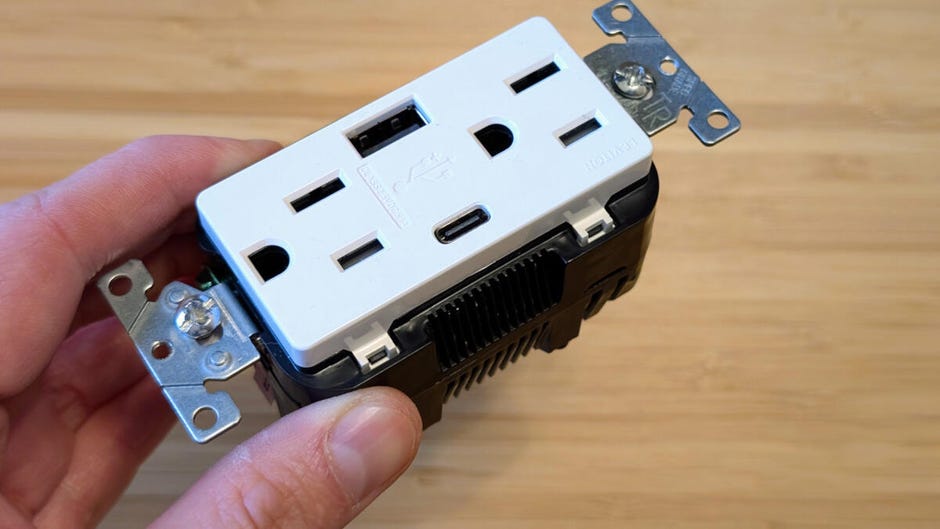
USB serves as the primary charging solution for numerous consumer gadgets equipped with rechargeable batteries, such as smartphones and laptops. However, an issue arises because many USB chargers occupy substantial space in wall sockets, which can make it challenging to connect additional devices.
Some genius thought of adding USB ports directly to electrical outlets so we wouldn’t have to deal with clumsy chargers that tend to disappear into our cluttered drawers. You can expect to pay around $15 or more for a reliable USB wall outlet charger from a well-known brand like Leviton , Legrand , Anker or GE .
When purchasing a USB wall outlet, consider these three factors: the charger’s wattage, the number of available ports, and compatibility with your home’s electrical boxes. You should be able to locate the charger wattage information either on the product webpage or packaging. Similar guidelines apply here as they do for regular plug-in USB chargers: higher wattages facilitate quicker charging speeds; additionally, USB-C Power Delivery supports laptop charging.

Be mindful of the variety and quantity of ports available on your wall socket to make sure they meet your needs. In addition to using both two-prong and three-prong power outlets, you can also utilize the USB ports. Additionally, verify whether an integrated USB charger from the outlet will work with shallow electrical boxes by checking dimensions prior to purchasing.
Smart outlets
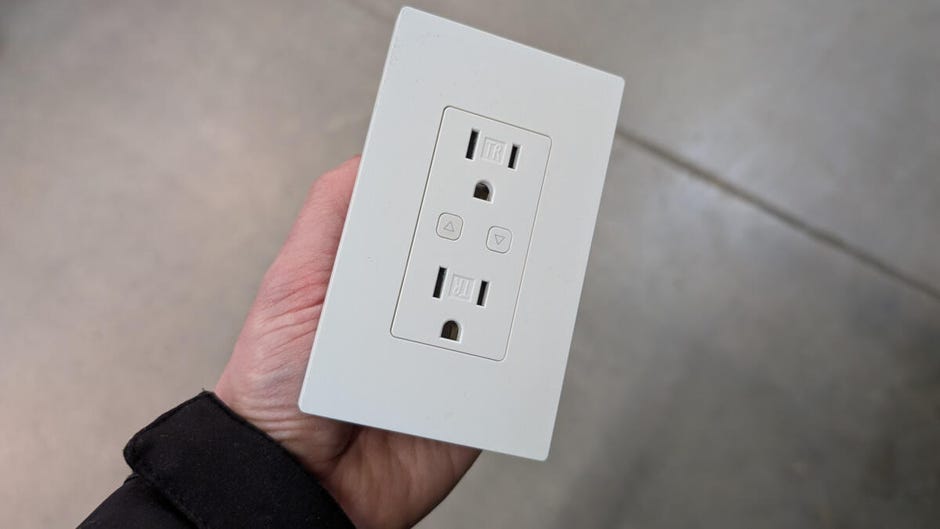
You have the ability to manage smart outlets using a mobile application or a compatible smart home system. These devices occupy minimal space and integrate more seamlessly into your living environment compared to traditional options. smart plugs However, their functionality remains the same. Smart outlets generally cost around the same as USB outlets, typically between $15 and $50.
The advantage of using smart outlets lies in their remote controllability, thereby enabling the scheduling of lighting and various devices as well, particularly energy vampires like cable boxes. You can find compatible smart outlets for every smart home ecosystem -- They utilize Wi-Fi, Matter, Zigbee, and Z-Wave for connectivity. Amazon Alexa , Google Home , Apple HomeKit and others.
GFCI and AFCI outlets
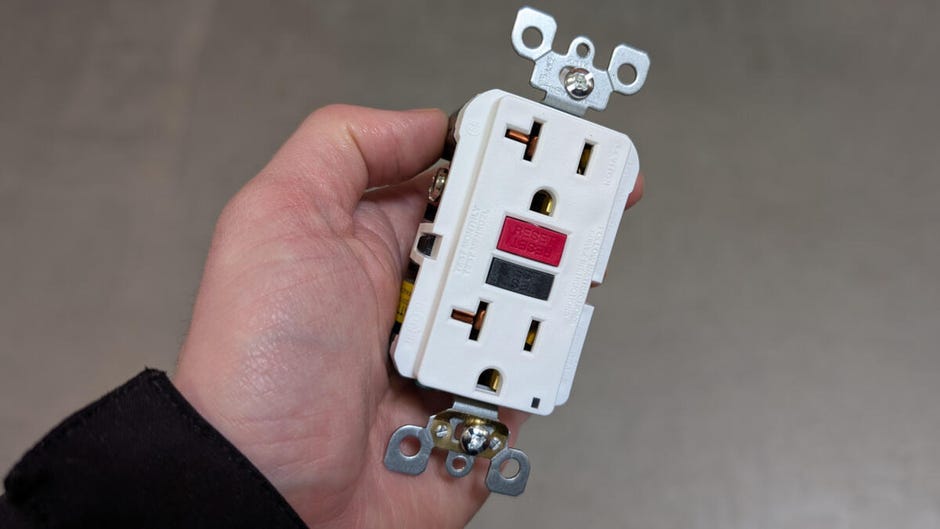
Ground fault circuit interrupters Are necessary in bathrooms and any space where you’ll be using electrical devices close to water. Additionally, they are appropriate for garages and outdoor areas; however, ensure the outlets are shielded from weather conditions using covers or enclosures.
GFCI outlets safeguard against electric shocks due to unexpected paths taken by current seeking an alternate route to the ground, such as through a human body or conductive liquids interacting with the wiring. These devices swiftly disconnect the power supply to prevent potential injury from occurring.
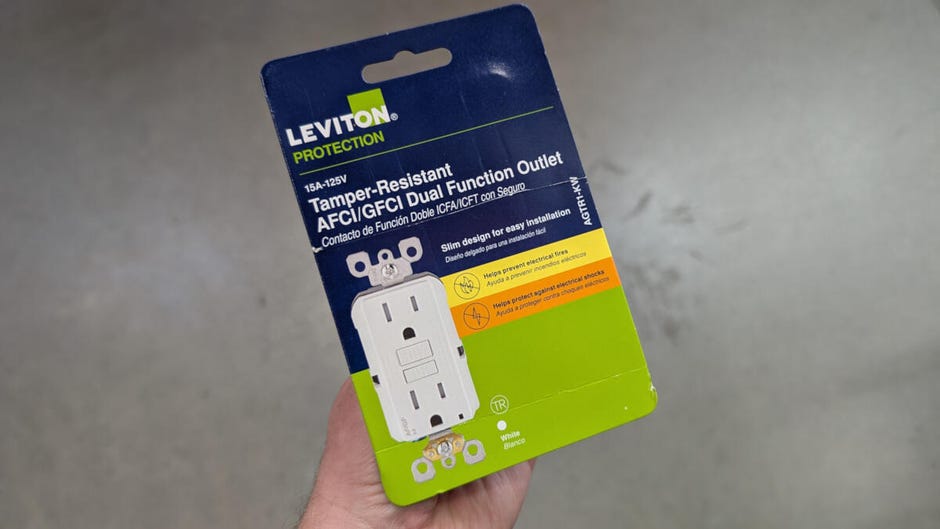
Although arc fault circuit interrupters They serve a comparable role to GFCI outlets, working to stop electrical fires triggered by low-voltage electrical arcing, wherein sparks and heat leap across exposed conductors without causing the circuit breaker to trip.
AFCI circuits are mandated by building codes across residential spaces, especially in bedrooms and common areas. Although certain specific AFCI receptacles might still be needed, an electrician has the capability to install this safety feature at the circuit breaker panel instead of changing out all the outlets.
Prioritizing safety to avoid fire risks and electrical shocks
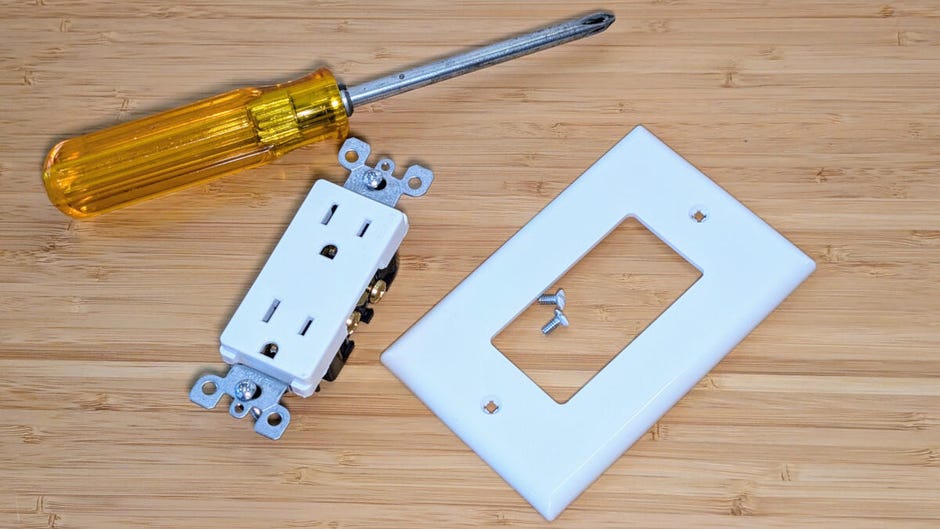
While changing electrical outlets is generally an easy do-it-yourself task that needs just a screwdriver, you must ensure the circuit breaker is turned off using either a multimeter or a receptacle tester before attempting it. Outlets located in the same room might not necessarily be part of the same circuit—this can particularly apply to areas like kitchens, spacious rooms, and spaces equipped with major appliances—as indicated in your breaker panel labels.
Be sure to verify that the amperage and voltage specifications of your replacement outlet align with those of the circuit breaker. Although 15- and 20-amp breakers are typical, you might encounter higher ampere ratings for electrical lines serving major appliances such as clothes dryers and water heaters.
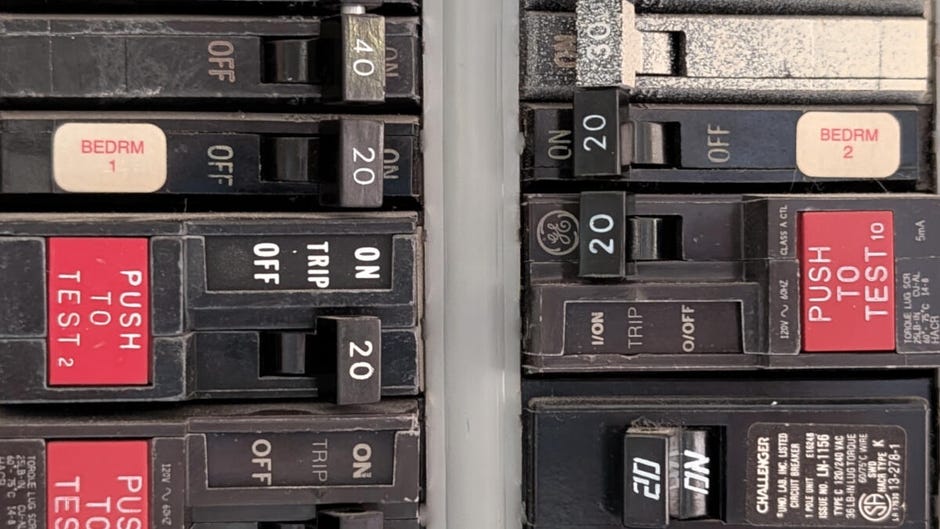
If this procedure feels overwhelming or you’re uneasy performing electrical tasks, employing a certified electrician is your best choice. If you're renting, consult with your property manager regarding the replacement of outlets. For additional information, refer to Why you should avoid plugging these seven gadgets into extension cords .
0 Response to "Upgrade Your Wall Outlet: Discover the 7 Most Popular Types"
Post a Comment